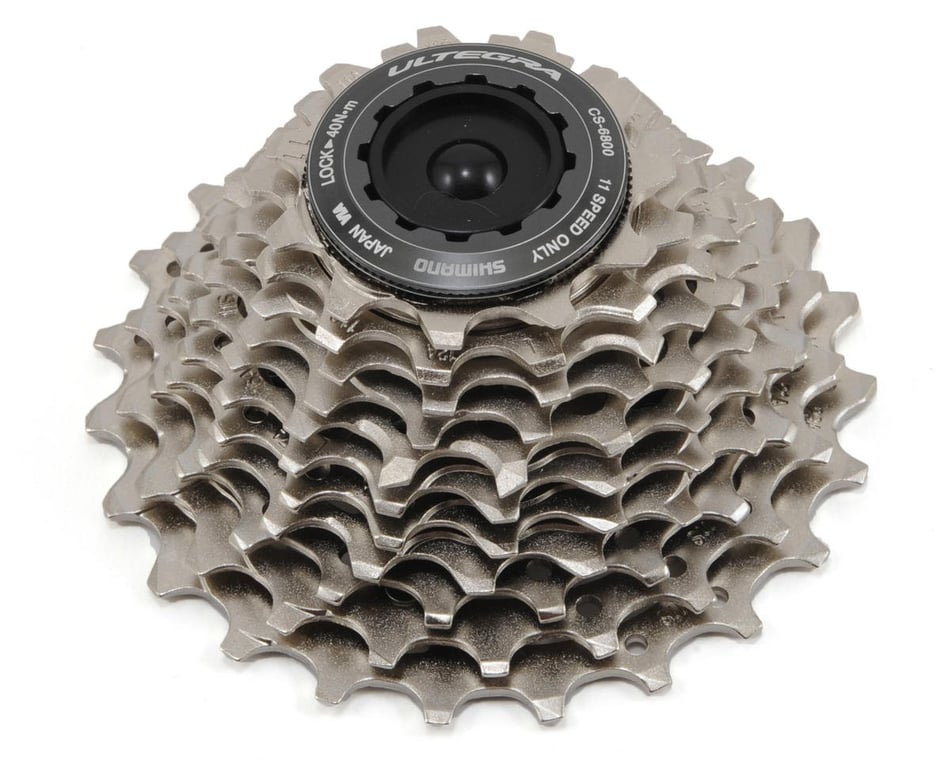My friends had an early 90s Diamondback road bike (chromoly lugged frame). It was unrideable. Front wheel had broken spokes and was way out of round/true. Rear wheel was almost as bad. Only 3 of its original 14 (2x7) gears were usable, as the original Shimano Tiagra levers were internally broken. Wheel bearings were crunchy. It was ready for the landfill.
Shimano doesn't make those levers anymore, so I helped him find a new set of cheap 2x7 Shimano compatible road levers on eBay. Plus new handlebar tape since the old stuff would not be reusable. Also new cables, tires, tubes, chain, brake pads. Chainrings & cassette were still in good shape. We stripped the frame, cleaned and repacked all the bearings (headset, bottom bracket, wheels) with Schaeffer's 221 #2 which IME is a near-lifetime grease for bicycles good for several thousands of miles. One of the bearing cones had light spalling, but not enough to be worth replacing, so we put them back into service. Cleaned and lubed the freehub, replaced the broken spokes, re-rounded & trued the wheels, installed the new levers and adjusted everything. All in, he spent about $250 in new parts and the labor was free.
Long story short, it's like a new bike. The cheap levers work surprisingly well. All 14 gears work seamlessly, brakes are solid and smooth, rides smooth and quiet. That vintage road bike ride quality brings back memories. Feels good to save it from the landfill and it's ready for another 30 years of riding.
One thing I did notice when servicing the bottom bracket: those old frames are held together by the lugs. From inside the bottom bracket you can see the ends of the frame tubes and there are no visible welds. I guess I always knew that, having worked in a bike shop back in the 1980s but it's been so long I had forgotten.
Shimano doesn't make those levers anymore, so I helped him find a new set of cheap 2x7 Shimano compatible road levers on eBay. Plus new handlebar tape since the old stuff would not be reusable. Also new cables, tires, tubes, chain, brake pads. Chainrings & cassette were still in good shape. We stripped the frame, cleaned and repacked all the bearings (headset, bottom bracket, wheels) with Schaeffer's 221 #2 which IME is a near-lifetime grease for bicycles good for several thousands of miles. One of the bearing cones had light spalling, but not enough to be worth replacing, so we put them back into service. Cleaned and lubed the freehub, replaced the broken spokes, re-rounded & trued the wheels, installed the new levers and adjusted everything. All in, he spent about $250 in new parts and the labor was free.
Long story short, it's like a new bike. The cheap levers work surprisingly well. All 14 gears work seamlessly, brakes are solid and smooth, rides smooth and quiet. That vintage road bike ride quality brings back memories. Feels good to save it from the landfill and it's ready for another 30 years of riding.
One thing I did notice when servicing the bottom bracket: those old frames are held together by the lugs. From inside the bottom bracket you can see the ends of the frame tubes and there are no visible welds. I guess I always knew that, having worked in a bike shop back in the 1980s but it's been so long I had forgotten.




